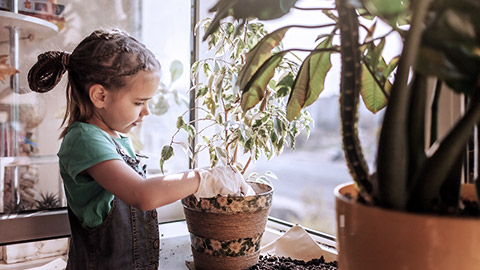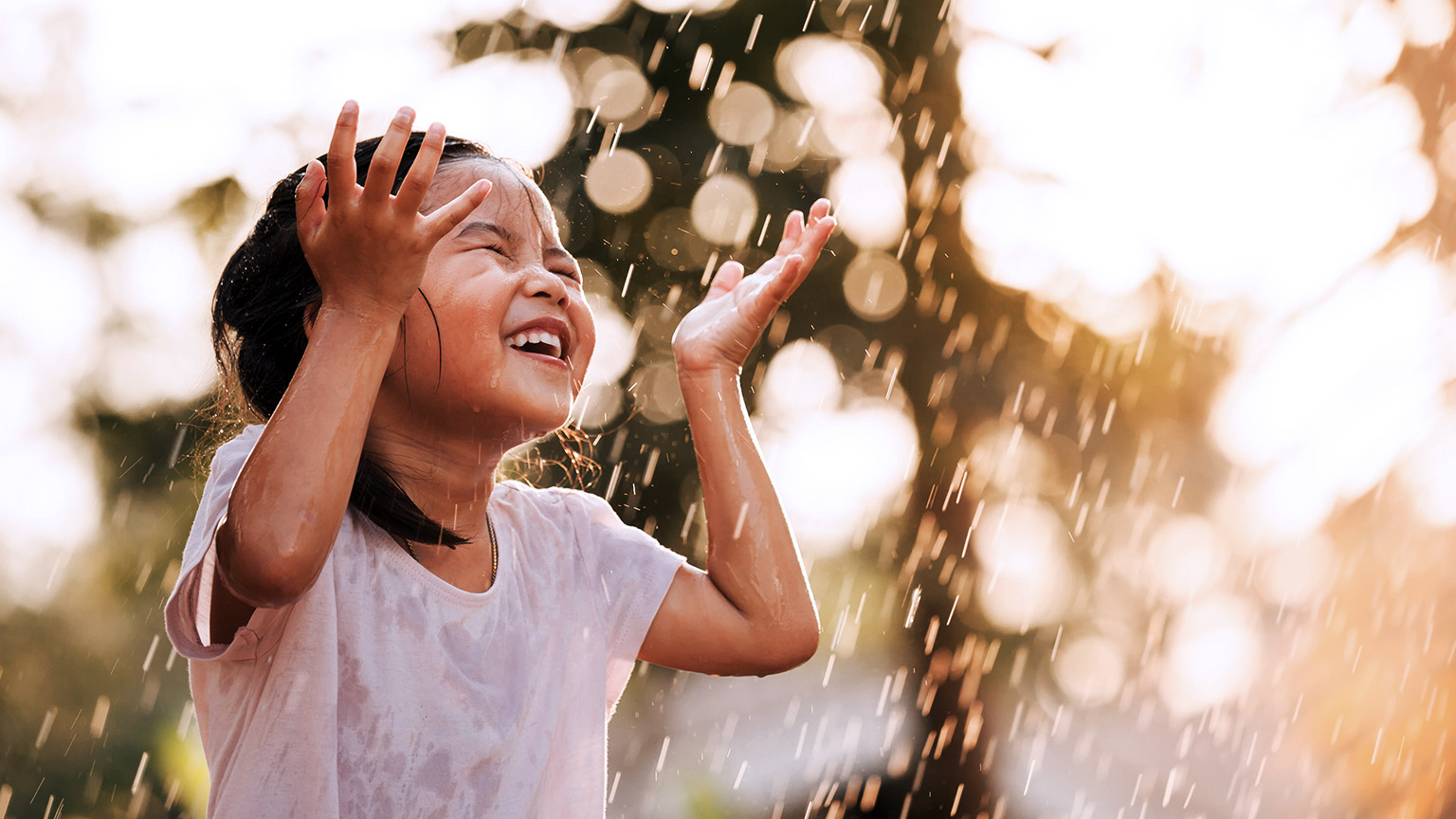This module will explore the benefits of natural environments,nature play and the requirements that early childhood services have to provide children embedded access to these spaces to enhance learning opportunities aligned to the requirements of the National Quality Framework and relevant legislation to engage children in sustainable practice.
By the end of this module, you will understand:
- the meaning of the natural environment, and the benefits of nature play on children’s development and wellbeing.
- how can educators support children to care for the natural environment
- how to engage children in sustainable practices.
Early childhood services are required to have indoor and outdoor spaces that are designed to engage children with quality experiences (Element 3.2.1).
The National Regulations state the outdoor space must allow children to explore and experience the natural environment (Regulation 113).1 The Early Years Learning Framework (EYLF) lists sustainability as a key principle that underpins effective educator practice. This is achieved through supporting children to connect with the natural environment and having an active role in caring for the environment, and engaging in sustainable practices to foster respect and appreciation for the natural world. 2
While discussing the practice of learning environments, the EYLF also states that providing access to natural outdoor environments rich in natural elements provide children with opportunities for discovery, open-ended play, exploration, discovery, and a connection with nature. Facilitating these environments allows children to engage in concepts of sustainability and develop an appreciation for nature through hands-on environmental education and immersing themselves in the natural world around them.
Why are natural environments important?
Creating natural environments supports children in becoming environmentally responsible and show respect for the environment.
An interesting and dynamic outdoor play space with natural features adds stimulation and creates variety for learning. It allows children to explore and experience the natural environment.
These spaces invite open-ended interactions, spontaneity, risk-taking, exploration, discovery and connection with nature. They foster an appreciation of the natural environment, develop environmental awareness and provide a platform for ongoing environmental education.
Outdoor spaces should include a range of different natural features such as sand, soil, grass, a variety of different plantings and trees. It is not enough for children to look at trees and plants in education and care services,they must be able to actively explore, engage with, and experience different types of natural environments.
This means allowing children to touch and interact with the natural environment in their everyday play.
Features that enable children to explore the natural environment
A natural environment in an education and care service is an environment that includes natural elements.
These may include:
- gardens where children can grow their own plants
- sandpits for sensory, symbolic and physical play
- digging patches where children can use garden equipment
- a range of planting to encourage a variety of modes of play such as playing with gum nuts, small branches, flowers, stones and bark
- small pits of pebbles, gravel, coarse sand and smooth river rocks for fine motor and imaginative play
- plants for picking and eating
- plants that encourage birds, butterflies and other insects
- trees which provide shade
- worm farms and compost areas for environmental education
- water play areas for sensory play.
The role of educators

It is important to think about how the environment is used in early childhood services and the interactions between children, staff members and carers. All educators play an important role in teaching and guiding the children within natural environments.
Educators do this by:
- providing access to a range of natural materials
- finding ways that children can care for and learn from the land
- modelling respect, care and appreciation for the natural environment
- sharing information and providing access to resources about the environment and the impact of human activities on environments
- embedding sustainability in daily routines and practices
- looking for examples of interdependence in the environment and discussing the ways the life and health of living things are interconnected.
Children’s learning and development in natural environments
When children are using the natural environment to develop knowledge in this area, this is evidenced by children:
- showing a growing concern and appreciation for natural environments
- exploring relationships with other living and non-living things
- observing, noticing and responding to changes in the environment
- developing an awareness of the impact of human activity on environments and the interdependence of living things.
Including natural environments in outdoor play spaces
Including natural elements in an outdoor play space does not have to look a particular way, there is no formula that has to be followed. The design will take into account the size and configuration of the space, the way in which the space is used at the children’s service and the ages of the children who play in the space.
An outdoor play space with natural features designed for toddlers in long day care will look very different from an outdoor space with natural features designed for an outside school hours care or family day care service.
Natural environments indoors

Natural environments do not have to be limited to outdoors. There are many ways in which the natural environment can enhance the children’s indoor program. Pot plants and small tubs in which to grow plants are visually appealing in children’s rooms.
Parts of branches and small logs with the bark attached can be used in children’s imaginative play in conjunction with other materials as well as when creating inviting small world play spaces. Collected pine cones, seed pods, leaves, gumnuts and small stones can be used in loose parts play spaces to facilitate children’s imaginations and open-ended play as well as provide opportunities for children to explore simple science and maths concepts such as classifying, counting and weighing. Sand and water trays inside also provide additional interesting experiences for children’s play.
Watch
The following 4-minute video explains why young children benefit from exploring the natural world:
check your understanding
Read the following statements about natural environments, and decide whether they are 'true' or 'false':

